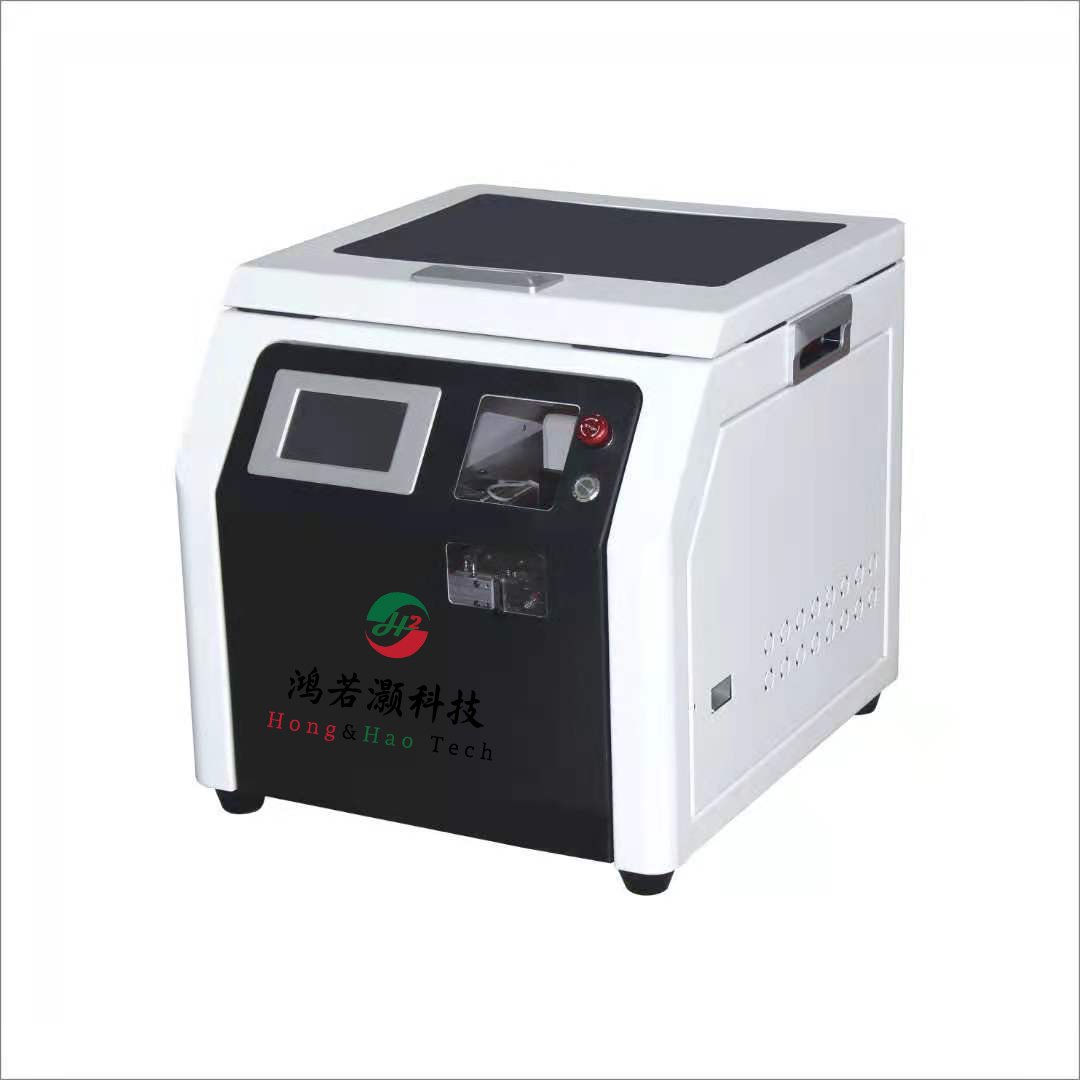How to select an RF connector?
-
 @
Mark Ji
@
Mark Ji
- Last updated
Table of Contents
In the RF and microwave industries, many types of coaxial connectors are designed for specific applications, with smaller sizes and operating frequencies up to the GHz and millimeter wave ranges.
A connector standard generally accepted by the industry, which is compatible with other RF / microwave components and can be used to interconnect with coaxial modules in the system while maintaining the coaxial characteristics of the corresponding transmission cables.
There are many kinds of RF connectors, and different categories, so how to choose the appropriate RF connectors?
Types Classification
According to the structure of the connection interface, it is divided into following,

Thread Connection
SMC,SMA,TNC,N,UHF,7/16 and 4.1/9.5, are suitable for testing equipment, military and telecommunications equipment.
Bayonet Connection
BNC and MHV, used in reliable connection and fast plug and unplug, are mostly used in testing equipment and military equipment.
Push-in Connection
Allows very fast bonding and separation, reliable structure, often used for small connectors, such as MCX, SMB series.
Push-in Self-locking
The unique self-locking method is very reliable, usually on high-density small connectors, such as the 1.0/2.3, 1.6/5.6 series, which can be plugged and unlocked quickly and reliably.
Slip-in Connection
It is used in different DIN multi-terminal connectors and is often used for connections on PCB.
Sizes Classification
Standard Size
UHF, N, 7/16, 7mm
Small Size
BNC,TNC
Mini Size
SMA, SMB, SMC, MCX, BMA, SAA, 3.5mm
Ultra-mini Size
SSMA, SSMB, MMCX, 2.4mm, K(2.92mm),1.85mm,1mm

Frequencies Classification
Audio: below 20KHz.
Video: below 30MHz~500MHz.
Radio: 500MHz ~ 300GHz.
Optical fiber: 167THz ~ 375THz.
The connector used in the Radio band is called the RF connector.
Connection Modes Classification
Connector MIL-C-39012 (GJB681).
Adapter MIL-A-55339 (GJB680).
Microstrip and stripline ML-C-83517 (GJB976).
Functions Classification
General purpose (level 2).
Precision (level 0, level 1).
Special type (radiation resistance, high pressure resistance, waterproof, etc.).
Multi-functional (including wave filtering, phase modulation, frequencies mixing, attenuation, wave detection, amplitude limiting, etc.)
Radio frequency / microwave coaxial connectors are divided into several types.
Like coaxial cable, cutoff frequency is also a key feature for any coaxial cable connector, which indicates that it can maintain the highest frequency of a single TEM propagation mode required.
The frequency range of any connector is limited by the propagation mode in the corresponding coaxial system.
Millimeter wave coaxial connectors are coaxial connectors used for frequencies above 18 GHz.
N-type, BNC and TNC connectors
The 50-ohm N-type connector was developed in the 1940s and was originally used in military systems with operating frequencies less than 5 GHz.
The N-type connector adopts an internal gasket, and an air gap is arranged between the central conductor and the external conductor.
Although subsequent improvements make its performance to 18 GHz, even the latest design will begin to propagate at a frequency of about 20 GHz.
That is, when this type of connector is used at a frequency of 20 GHz or higher, there will be unpredictable consequences.
75 ohm N-type connectors are widely used in the cable TV industry.
BNC connectors are used for video and RF applications up to 2 GHz with slotted outer conductors, and both male and female connectors are equipped with plastic media.
Slotting can send out a signal as high as 10 GHz at a high frequency of more than 4 GHz.
Because the mating geometry of BNC connectors is compatible with N connectors, some BNC connectors can be temporarily matched with N-type connectors of the corresponding polarity.
TNC connectors are threaded versions of BNC connectors that help resolve leakage and stability issues and allow usage at frequencies up to 12 GHz and 18 GHz.
TNC connectors are widely used in RF / antenna connections of cellular phones.
SMA and SMB push-on connectors
The SMA (Ultra-small Type A) connector uses an outer coaxial conductor with a diameter of 4.2mm and is filled with PTFE medium. Depending on the manufacturer, the upper frequency is 18 to 26 GHz.
The size of the SMA connector is suitable for 5/16-inch wrenches and can be matched with 3.5mm and 2.92mm connectors.
The SMB (Ultra small B) connector is a push-on connector that is usually used at 4 GHz~12.4 GHz frequencies.
With the higher and higher frequency required by people, this kind of connectors are too large to provide the bandwidth needed for high-frequency applications.
3.5mm and 2.92mm Connector
The two connectors using air media are not only compatible with each other, but also compatible with SMA connectors.
The 3.5mm connector can work stably at a frequency of less than 26 GHz, while the 2.92mm connector can operate at a maximum frequency of 40 GHz.
2.4mm and 1.85mm Connector
2.4mm and 1.85mm connectors are compatible, but their designs are not compatible with SMA, 3.5mm, and 2.92mm connectors.
This is because these two types of connectors are more sophisticated and more expensive, and if matched with lower-precision connectors, it may lead to irreparable damage.
1.0mm and 0.8mm Connector
These two connectors are suitable for millimeter wave analysis and support DC~110 GHz transmission and repeatable interconnection applications.
Select the appropriate RF connector
How to choose the appropriate RF connector can be determined according to the actual application.
If it is simply selected from the performance, it can be judged according to the electrical performance index.
The main indicators of RF connectors are:
Impedance
Almost all RF connectors and cables have standardized 50ohm impedance.
The only exception is the cable TV connector of 75ohm’s TV system.
It is also important that RF coaxial cable connectors have the characteristic impedance of matching cables.
VSWR (Voltage Standing Wave Ratio)
VSWR is an indicator often used by engineers to evaluate RF connectors, which is similar to impedance.
In general, it is guaranteed that the VSWR is less than 1.2 within the frequency range of concern.
However, it is not necessary to reach 1.2, and some meet the requirements at 1.5 or less.
The lower the better, the higher the cost.
Frequency Range
The frequency range of RF connectors must be paid attention to in the fields of high frequency and high speed.
The frequency is divided into several levels, such as 1~6GHz, or 0~18GHz, 20GHz, 27GHz, 40GHz, 50GHz, 67GHz, 110GHz or even higher.
Insertion Loss
Loss is an indicator that all connectors will pay attention to.
It’s just that the loss of RF connectors is usually relatively small (if it’s too large, there’s a problem).
Generally within the frequency range of attention is within the 0.1~0.5dB.
Echo Loss
For some digital circuit engineers, VSWR is not so intuitive, so some use echo loss to characterize it.
Number of Times to Use (Plug/Unplug)
Some engineers may not pay much attention to the number of times the connector is used.
It is generally believed that the performance of the connector changes after how many times it is plugged.
In general, the number of RF connectors is 500 or 1000 times, there will be more demanding.
If you want to do some experiments on this, you have to do it under a specific torque, otherwise it is difficult to guarantee the number of times to use.
The connectors I have used have generally never reached this number of times. It is estimated that they can be used 100 or 200 times, and the internal core has been deformed because it is always possible to twist because of misalignment or excessive force.
Conclusion
In addition to the electrical properties of the connectors mentioned above, the mechanical properties of connectors (fixation of central contacts, mechanical strength of connectors, vibration, shock, etc.), environmental properties (climate, sealing, salt spray) and connector durability (mechanical durability, high temperature durability) are all factors to consider in the selection of suitable connectors.
In practical application, you can choose your appropriate connector according to the above factors.

